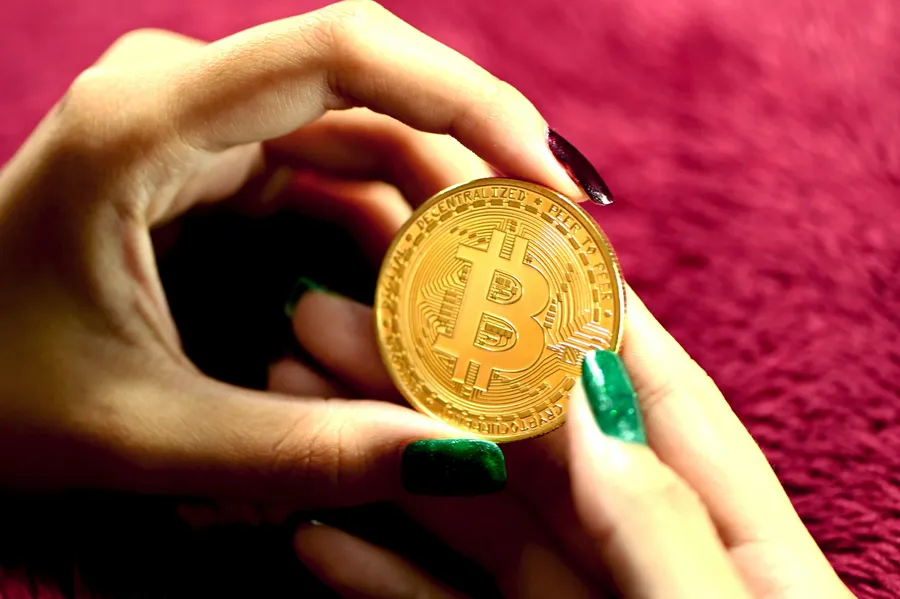How Does SafePal Cryptocurrency Wallet Work? — SafePal, Hardware and Mobile, Security

Title: SafePal: Navigating the Maze of Crypto Wallets Without Getting Stung
Hello there, dear crypto enthusiasts. If you’re here, it means you’ve heard about SafePal, the popular cryptocurrency wallet that promises both hardware and mobile solutions. Well, buckle up because we’re diving into how this baby works and whether its security measures are as solid as they claim.
Before we dive in, let me introduce myself – I’m Valerii Wilson, a seasoned crypto security expert who has seen it all, from grand hacks to subtle bugs that can sink your digital ship without so much as a ripple on the surface. My job is to warn you about the pitfalls and share my hard-earned lessons so you don’t have to learn them the hard way.
First things first: SafePal offers two main options – a hardware wallet and a mobile app. The hardware version is designed for offline storage, while the mobile app can be used for both sending and receiving crypto assets as well as managing your portfolio.
Now, let’s talk about security because that’s where things get interesting. First off, SafePal claims to use “bank-level” security. That sounds nice and safe but remember this: banks have been robbed before. Why? Because no system is infallible. So while it might give you a warm fuzzy feeling, don’t let it lull you into a false sense of security.
One major concern with hardware wallets like SafePal’s is key leakage. This happens when your private keys – the master key to your crypto castle – somehow escape through gaps in the system. In 2018, Ledger, another popular hardware wallet brand, faced a scandal after it was discovered that their devices were susceptible to this kind of attack. While SafePal has claimed they’re immune, history teaches us never to assume anything in the world of cybersecurity.
Next up, NFT scams. With the recent surge in popularity of non-fungible tokens (NFTs), these digital trinkets have become a prime target for swindlers. Scammers use social engineering tactics to trick unsuspecting victims into handing over their valuable NFTs. While SafePal claims its wallet provides robust protection against such attacks, remember this: no security measure is foolproof unless you’re ready to live like a hermit in the middle of nowhere with no internet connection.
Finally, let’s touch upon software vulnerabilities. Remember the infamous ‘WannaCry’ ransomware attack in 2017? Millions of devices worldwide were held hostage, including some healthcare systems that had to turn away patients! Yes, crypto wallets can fall victim too. In fact, a 2020 report revealed several critical vulnerabilities in popular mobile crypto wallets, including potential backdoor access for hackers.
So what does all this mean? It means that while SafePal offers an appealing combination of hardware and mobile solutions, it’s not flawless. Nothing in the world of cryptocurrency is. As a smart contract auditor who’s seen more hacks than I can remember, my advice is always: stay vigilant, educate yourself about potential risks, and treat your digital assets as if they were cash.
In conclusion, SafePal might seem like a safe bet for storing your precious crypto coins, but nothing is ever 100% secure. Be aware of the risks, keep your software updated, use strong passcodes, and store your recovery phrase offline. After all, in the wild world of cryptocurrency, the only thing you can really rely on is good old-fashioned caution and common sense.
Stay safe out there, crypto friends!
Valerii Wilson, Signing Off
(End of Article)









